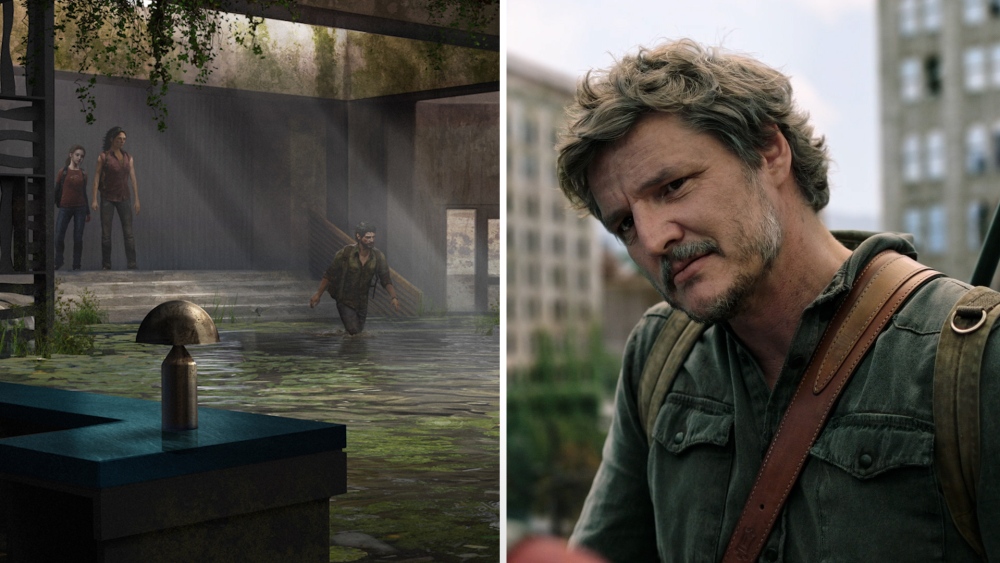
When adapting beloved post-apocalyptic video game “The Last of Us” into a HBO series, production designer John Paino made it a priority to pay homage to the game’s dystopian Boston landscape.
“The most valuable thing was the concept art that is so evocative and atmospheric,” Paino told Variety. “We always were looking at a lot of references of the world after the vegetation taking over.”
Emulating the video game’s “ugly beauty,” as Paino called it — which really comes into focus in the show’s second episode — required the creation of a growing fungal set. “When we get to the Bostonian Museum, it was a lot of actually like, ‘How do we make it so that stuff feels like it’s growing into it?’” Paino said. “That’s the scary thing about the fungus, right? It’s growing into things too, not only people, and we wanted to make sure that it popped in certain places.”
Craig Mazin, the show’s creator, revealed that the prosthetics department went through a lengthy process to ensure that the fictitious fungus would “look real” by using a “combination of all sorts of stuff.”
“One of the issues with that stuff is it needs to be pliable in a certain way so that when it goes on something, it feels like it’s stretched out over it and not just sitting on top of it,” Mazin said. He also revealed that the Bostonian Museum scene was shot “three months after the rest of Episode 2 because we needed all that extra time to put all that stuff in practically.”
Mazin collaborated solely with Neil Druckmann to write the series. Speaking on the ongoing writers strike, Mazin called “the mini room a disaster for our business.”
“Requiring writers to come in and invent an entire season of television on paper in outline form, and then find out whether or not they’re going to be a show, and if they do get green lit, then a bunch of those people gets kicked off, and all that time they’ve been doing that is just for minimum pay,” Mazin said. “I think it is a fair and righteous strike, I think the companies deserve it because what we’re asking for is correct.”
Watch the full Variety Artisans conversation above, presented by HBO.













